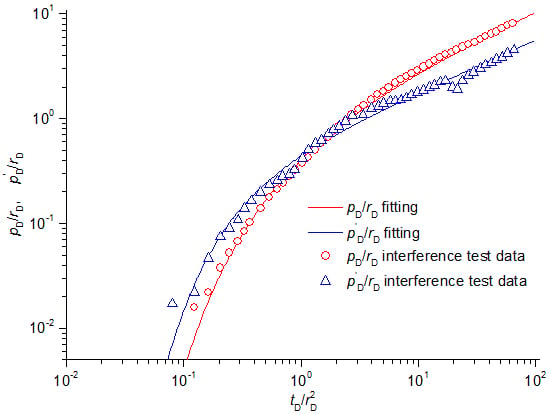Investigation on Interference Test for Wells Connected by a Large Fracture
Abstract
Share and Cite
Han, G.; Liu, Y.; Liu, W.; Gao, D. Investigation on Interference Test for Wells Connected by a Large Fracture. Appl. Sci. 2019, 9, 206. https://doi.org/10.3390/app9010206
Han G, Liu Y, Liu W, Gao D. Investigation on Interference Test for Wells Connected by a Large Fracture. Applied Sciences. 2019; 9(1):206. https://doi.org/10.3390/app9010206
Chicago/Turabian StyleHan, Guofeng, Yuewu Liu, Wenchao Liu, and Dapeng Gao. 2019. "Investigation on Interference Test for Wells Connected by a Large Fracture" Applied Sciences 9, no. 1: 206. https://doi.org/10.3390/app9010206
APA StyleHan, G., Liu, Y., Liu, W., & Gao, D. (2019). Investigation on Interference Test for Wells Connected by a Large Fracture. Applied Sciences, 9(1), 206. https://doi.org/10.3390/app9010206







